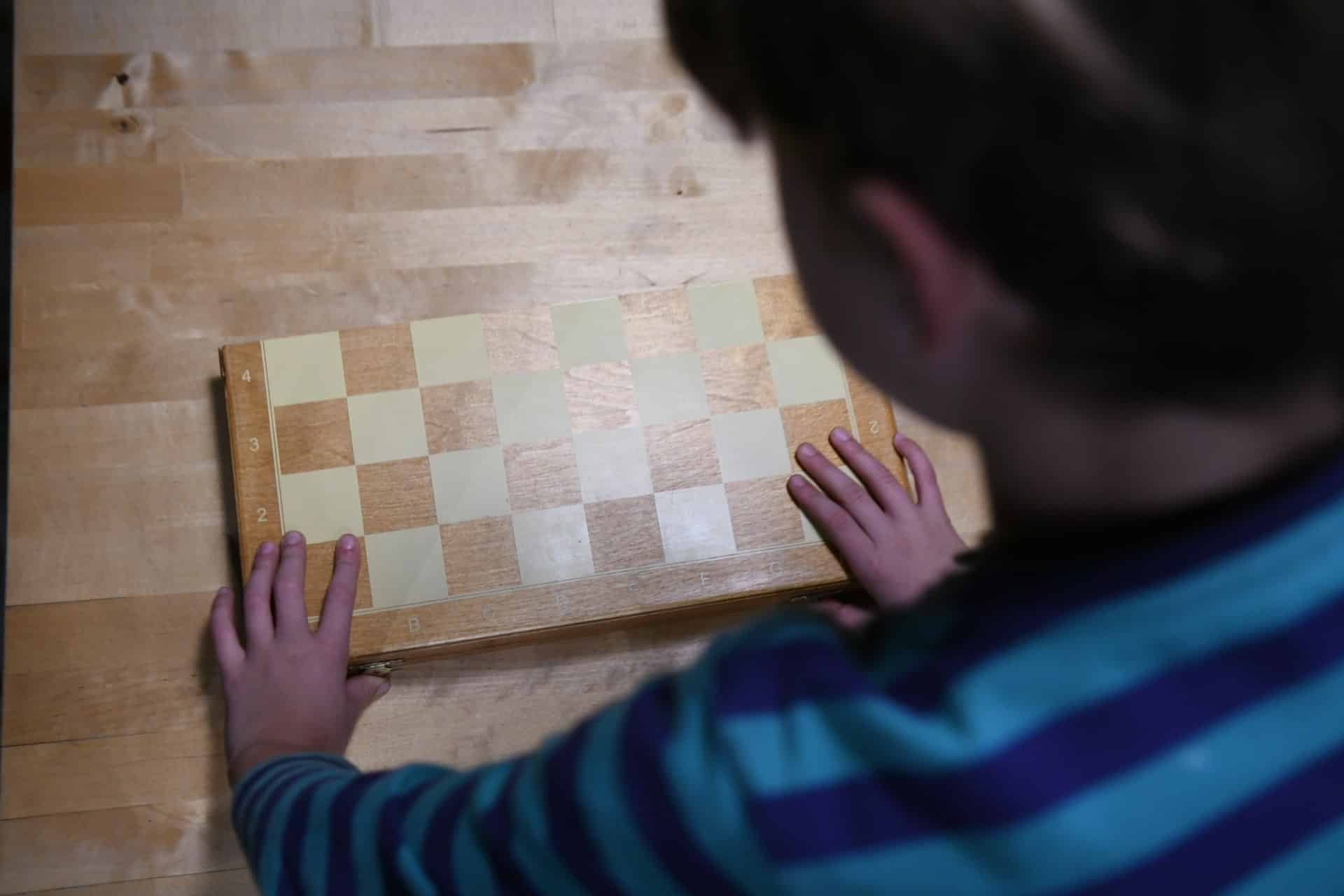Table of Contents
The Sicilian Defense Opening In Chess
If you're looking for that type of exciting opening line, the Sicilian Defense Opening in chess may be perfect for you!
We all know that 1. e4 is one of the top moves we are taught as a beginner. We learn techniques, for example, to control the center, develop Nf3, Bc4, etc. When we teach beginners, we simulate Black doing the same; e5, Bc5, Nf6, etc… Doesn't that sound pretty boring as Black?
Finding a Black opening repertoire can be a daunting challenge. As White, your play is easier, as you get the first move, and you are a tempo up the whole game. As Black, do you simply want to settle for mimicking White's move? If White gets to “attack” first, why not counterattack?
What is the Sicilian Defense?
The Sicilian Defense for Black is after 1. e4, the response 1… c5.
Moving the c-pawn up two squares may be counterintuitive to beginners. Why not move a center pawn as White did with 1. e4? As mentioned, the logic behind the Sicilian Defense in chess is that while White places a pawn in the center, Black is immediately playing for an advantage on the Queenside.
Many of Black's next moves may include d6, a6, b5, and counterplay on the Queenside. Black's main objective as well is to control the d4-square, a central square White would love to place a pawn on.
The Sicilian is arguably the most popular opening in chess. It was discovered hundreds of years ago, and virtually any top chess player in the history of our game has tested it one way or another. There are MANY variations of this opening, so we're not going to nearly have enough time to cover all of them!
After 1. e4, c5, White's most common reply is 1. Nf3, which develops a piece, and prepares to play d4 themselves. Black generally plays d6, to prepare Nf6 without the fear of e5 by White, and White proceeds to begin the open Sicilian with d4.
We will be focusing on the variations that can arise after cxd4, Nxd4, Nf6, Nc3.
The Sicilian Defense in chess: the Dragon Variation

The Dragon Sicilian Defense in chess occurs after the standard moves, 1. e4, c5 2. Nf3, d6 3. d4, cxd4 4. Nxd4, Nf6 5. Nc3 and Black plays 5… g6.
The Dragon Sicilian Defense makes Black's whole gameplan manifest, in that the dark-squared Bishop will be a key attacker on the Queenside.
However, there can be some serious drawbacks to playing g6 if you are not careful. For one, White can play Be3-Qd2, and after Black has castled Kingside, Bh6 would trade off the “Dragon Bishop”, which is not only an offensive piece on the Queenside but a defensive piece on the Kingside.
Another drawback is that the pawn on g6 can serve to White as a “hook” to attack the Kingside with the h-pawn supported by the Rook.
White generally forgoes castling Kingside, goes Be3-Qd2, castles Queenside, and begins a potentially vicious attack on the Kingside.
Dragon Sicilian Theory and an example game:
As it is known by now, the moves for the Dragon Sicilian in chess are 1. e4, c5 2. Nf3, d6 3. d4, cxd4 4. Nxd4, Nf6 5. Nc3, and the iconic move, 5… g6 by Black.
The theory generally continues with 6. Be3, Bg7 7. f3 (to prevent Ng4 from winning the dark-squared Bishop), Nc6 8. Qd2, O-O 9. Bc4 (helps stop d5 which could be an important break for Black), Bd7 10. O-O-O, Rc8 11. Bb3.
As we see in an example game with Judit Polgar playing White against Gawain Jones. We see after a few moves how White got their attack ramped up, but so did Black!
You can review the game right here: https://www.chessgames.com/perl/chessgame?gid=1741055. As you will see, White did get a serious attack, but Black did not let White roll them over and got a counterattack of their own. That's what the Sicilian Dragon is about!

The Sicilian Defense in chess: the Najdorf Variation
Oh, the Najdorf variation of the Sicilian Defense! It's one of the most deeply studied and respected openings in all of chess! The opening occurs after the moves 1. e4, c5 2. Nf3, d6 3. d4, cxd4 4. Nxd4, Nf6 5. Nc3, and the iconic move for this opening, a6.
So why is a6 such a big deal? There's loads of theory and knowledge behind this opening, so there's no way we will get through all of the intricacies of this opening! White wants to be able to play pawn to e5 without Bb5+ coming. Black may also have strong ideas such as b5, Bb7, and potentially targeting the e4-pawn.
This opening essentially makes White's development job easier. Instead of showing deep opening lines and walking through an example game, I will present to you a puzzle to solve at home, just shows that many tactical positions can arise from
Is the Sicilian Defense a good opening for me?
The Sicilian Defense can be a very complex and rich opening. Players either love it or hate it. However, there are several ways you can play the Sicilian Defense in chess.
You can play the attacking methods as shown with the Sicilian Dragon and Sicilian Najdorf. There are other methods of the Sicilian that have a more “solid” nature to them. Just to name a few examples, the classical variation might be good (1. e4, c5 2. Nf3, Nc6).
The Scheveningen Variation might also be for you (1. e4, c5 2. Nf3, d6 3. d4, cxd4 4. Nxd4, Nf6 5. Nc3, e6). Many many chess players like the Sicilian Defense, especially aggressive players looking for a very interesting game.
Feel free to try it out, and if it doesn't work for you, look into different openings!






